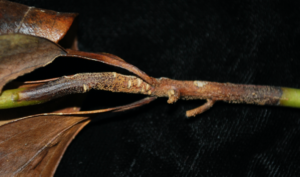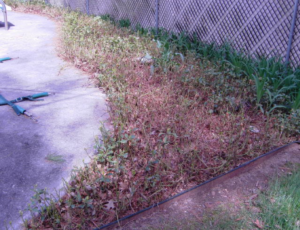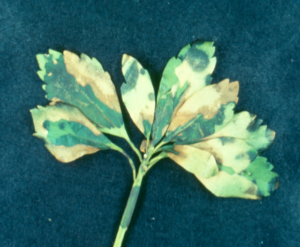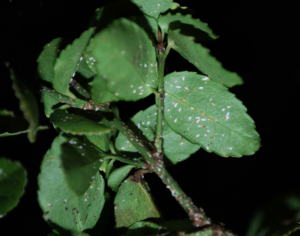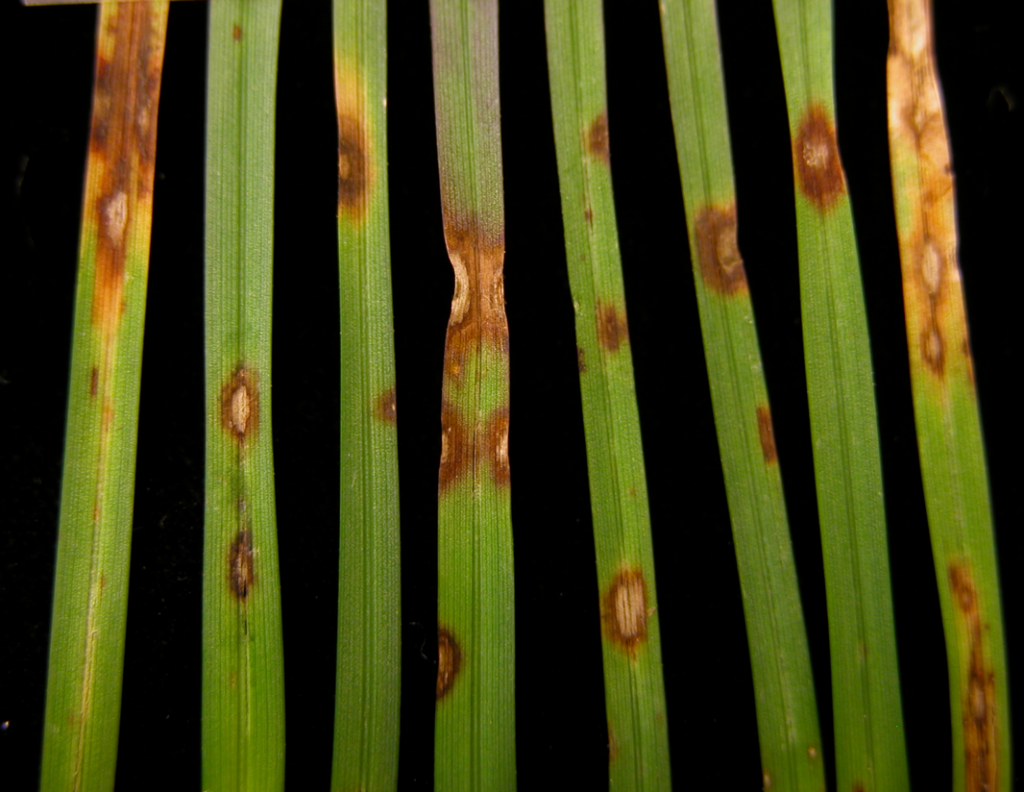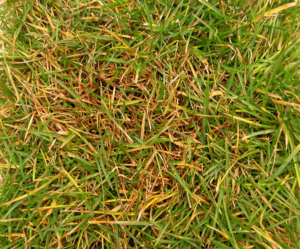Boxwood Blight (BWB) Alert – Infection Potential (Now – FRIDAY)
There is a potential for new boxwood blight infections throughout much of NJ. The end of week rains coupled with more mild temperatures, cloud cover, and prolonged periods of leaf wetness will contribute to the spread or worsening of boxwood blight infections.
-
It is time to begin or continue protective fungicide applications in high value areas if you have not already done so!
- My BWB alerts will be less frequent over the summer, given the importance of other issues, and the availability of the Boxwood Blight Risk Model that will give you hyper localized predictions. CLICK HERE TO CHECK YOUR LOCAL BWB PREDICTIONS (takes 2 minutes and can save a crop or installation)
| Boxwood Blight Risk Assessment as of 5/24/2022 | ||||||||
| Region | Location | CODE | 1-June | 2-June | 3-June | 4-June | 5-June | 6-June |
| Southern | Upper Deerfield | NJ50 | Very Low | Infection Risk | Infection Risk | Very Low | Very Low | Very Low |
| Central | Howell / Freehold | NJ10 | Infection Risk | Infection Risk | Infection Risk | Very Low | Very Low | Very Low |
| Northern | High Point | NJ59 | Infection Risk | Infection Risk | Infection Risk | Very Low | Very Low | Very Low |
| Check local boxwood blight risk here (CLICK HERE – input your area code – select closest weather station – check 7-14 prediction – click on graph / table) | ||||||||
ALSO: Volutella Blight is extremely common and readily mis-diagnosed as boxwood blight or vise-versa.
- There is a free / open to the public seminar June 23, 2022 about this important disease. Boxwood International Seminar on Biology and Management of Boxwood Volutella Blight by Prof. Tom Hsiang, University of Guelph, Guelph, Ontario, Canada. Registration Link: Click here to register
Pest Scouting – Please refer to these documents for a full listing of insects pests for your area corresponding to growing degree-days (GDDs).
- Nursery and Landscape Pest Scouting Guide 2022 PDF (note this contains conifer pests as well)
- Conifer Pest Scouting Guide 2022 PDF
Bagworm hatch is upon us in Southern NJ and will soon be /already the case throughout NJ. Please be ready to control these insects during the VERY SHORT treatment window.
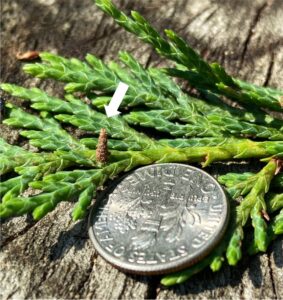 .
. 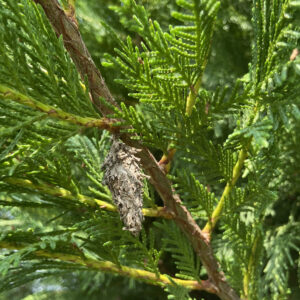
| BAGWORMS (600-900 GDD) (Bagworm hatch prediction as of 6/1/22) | ||||||
| Crop type | Common Name | Scientific Name | GDD Min (50F) | GDD Max (95F) | Reference | Developmental / Target Stage |
| Conifer mostly, many minor hosts | Bagworm | Thyridopteryx ephemeraeformis | 600 | 900 | RU | Larvae (early instars) – ONLY CONTROL WINDOW |
| Region | Location | Station | Date (600 GDD) | Date (900 GDD) | Treatment window | Bagworm Hatch – Predictions only, SCOUTING is critical! Treat as soon as larvae detected. |
| South | Upper Deerfield | NJ50 | 30-May | 12-Jun | 13 days | |
| Central | Howell / Freehold | NJ10 | 3-Jun | 18-Jun | 15 days | |
| North | High Point | NJ59 | 14-Jun | 30-Jun | 16 days | |


